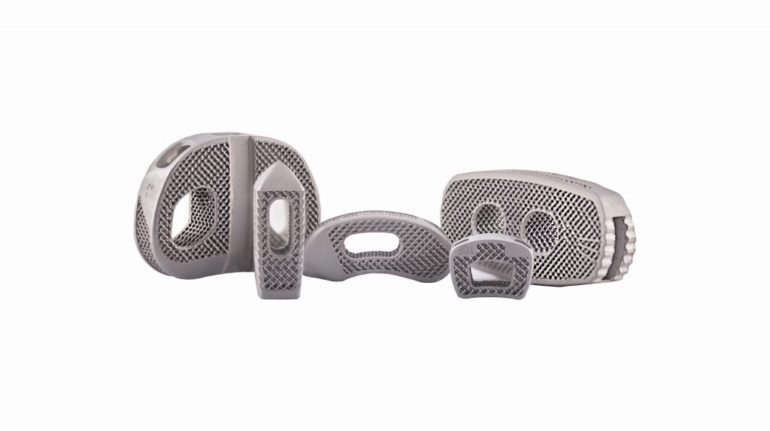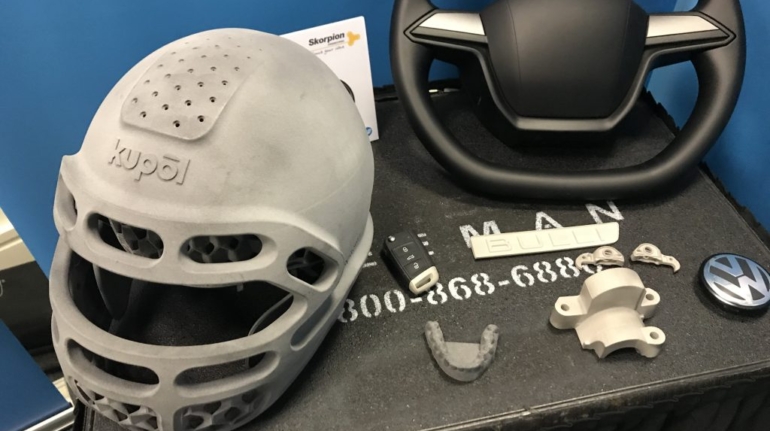Medical Devices: Building the Manufacturing Future at 3D MedLab
Once thought destined mainly for prototyping, additive manufacturing is now increasingly employed in the development of spare parts, small series production and tooling in forward-thinking manufacturing industries such as aerospace, electronics, automotive and medical devices. Among industries at the forefront of innovative manufacturing, the medical sector has emerged as a major segment driving the growth of additive manufacturing: France’s 3D MedLab operates at the forefront of this segment









